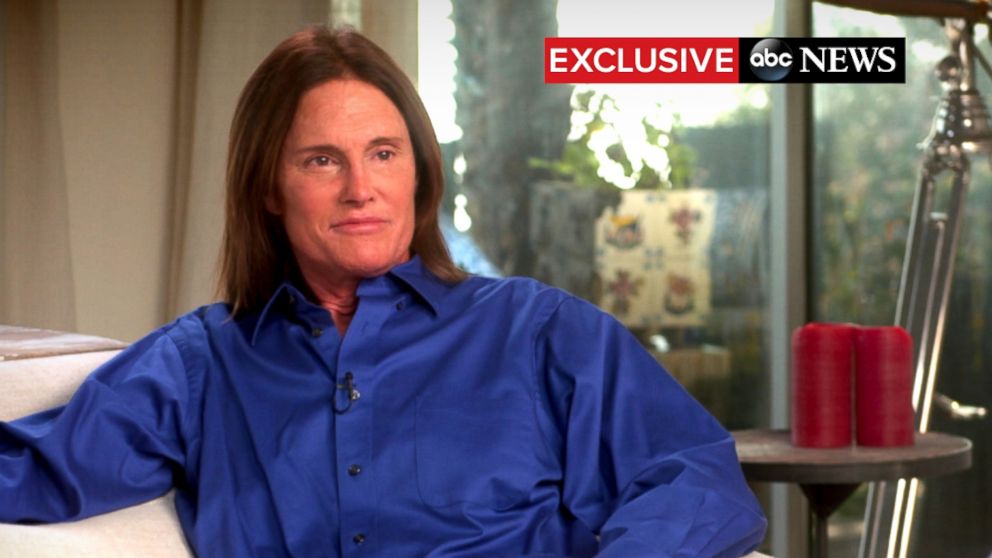Is there a “perception vs. reality” problem in Napa Valley? This publicist thinks so. And if it doesn’t get fixed soon, there may be unfortunate consequences. Let’s dip into a real world scenario. In case you haven’t heard, the Napa Valley is now in the middle of a whirlwind of controversy about whether there should be a moratorium on new wineries and vineyard development (among other related issues).  To that end, the Board of Supervisors and Planning Commission appointed a task force to consider these issues. Called the Agricultural Protection Advisory Committee, it’s composed primarily of environmentalists with a couple of token wine industry people. The Napa Valley Register reports “The Agricultural Protection Advisory Committee is trying to figure out whether Napa County is choking on its own wine country success and, if so, what to do about it. Residents have brought up issues ranging from too much traffic to a perception that winery tourism is trumping agriculture.”
To that end, the Board of Supervisors and Planning Commission appointed a task force to consider these issues. Called the Agricultural Protection Advisory Committee, it’s composed primarily of environmentalists with a couple of token wine industry people. The Napa Valley Register reports “The Agricultural Protection Advisory Committee is trying to figure out whether Napa County is choking on its own wine country success and, if so, what to do about it. Residents have brought up issues ranging from too much traffic to a perception that winery tourism is trumping agriculture.”
What does it mean to be a winery today? In a time when distributors are disappearing isn’t having a chance to present your ‘brand’ in your ‘home’ crucial? At yesterday’s Committee meeting, some members proposed that a Napa Valley winery be at least 40 acres in size. Say what?! In these fast-changing times, where a garagiste winemaker can present unique wines in a unique and perhaps “tiny” spot (certainly smaller than 40 acres)? How can the public not understand that a “winery” can come to life in any number of unusual configurations?
Back to perception vs. reality. I would suggest that “real” people are confusing hard-working vintners with the marketing of wineries. Namely, let’s look at Auction Napa Valley, coming up in early June. Live lots this year are full of bling, no question. They include a private concert by a rock star at a vintner’s home, trips to Europe and the Kentucky Derby, tickets to the Emmys, private jets, SEAL immersion and of course much more; the online e-lots are a marketing triumph as well for their creativity and diversity.
Here’s the disconnect. Auction Napa Valley is in a race to be the world’s biggest, best, most lavish, most written about wine auction. How do you achieve that? Flashier, ever more outlandish, more wow factor. But just as the Auction is ever more extravagant, it increases what you might call the squirm factor. Who is the beneficiary of all of this lavishness? “Real” people, disadvantaged kids, vineyard workers, senior citizens. No one that you will run into strolling the grounds of Meadowood sipping sparkling wine and eating caviar.
The real conundrum, from a publicity point of view, is that by masterfully marketing Brand Napa Valley through the Auction, you set up unintended consequences—alienating locals, who might not realize that the wining and dining which vintners do all the time is actually real work and hard work. As a ‘real’ person living in the Napa Valley, you’re watching this. Maybe a vineyard is going in next door or the winery down the road seems to have more cars on weekends. How can you not be resentful? The 1% are twirling around right in front of you. Where do you channel that frustration? What do you do about resenting that conspicuous consumption beginning to engulf you?
So are there really too many wineries in the Napa Valley? I doubt anyone really knows (how could anyone know?). Only the marketplace will tell us. But….that’s the perception that zealous environmentalists are trying to turn into reality. Where are the winery marketers portraying the reality, of wineries who give back to the community, who send superb products into the world, who fight for every sale and every customer? It’s too tough a balancing act—to equate the lifestyle of the rich and famous (aka Auction Napa Valley) with ‘real’ people.
So what have years of glitzy auctions created? A rumbling of class warfare, of the haves and have nots….and sadly, a failure of targeted publicity and marketing on home base, where it matters.


